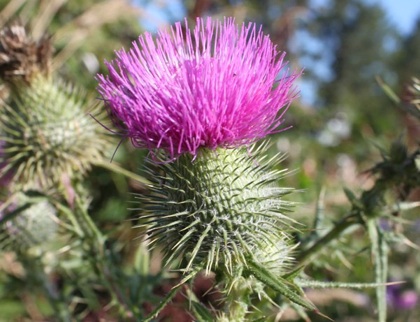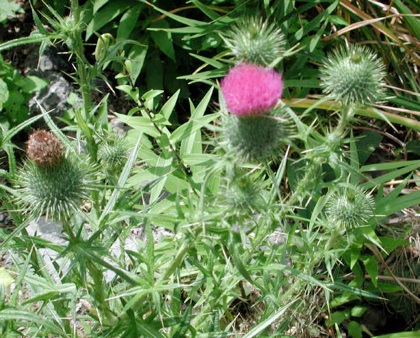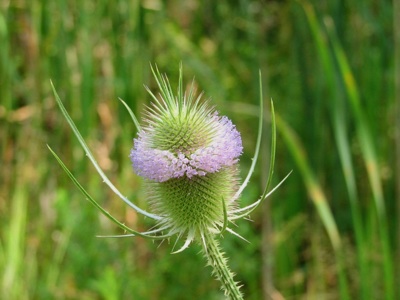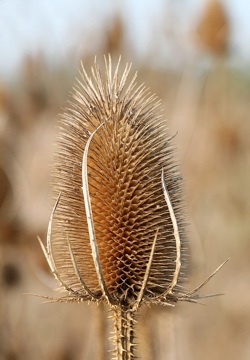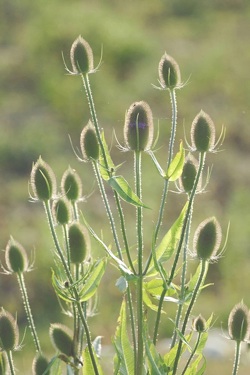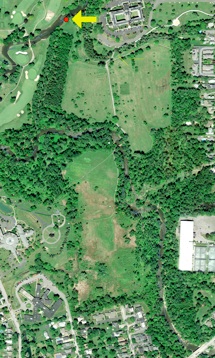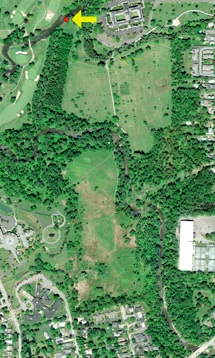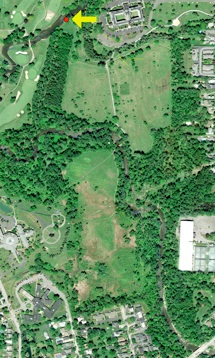favicongohere


Invasive Species in Amherst State Park
Cirsium vulgare - Bull Thistle
Close up of leaf
photo by WNY PRISM
June 5, 2015
Infestation Photo
photo by WNY PRISM
June 5, 2015
Rosa Multflora - Multflora Rose, Rambler Rose
Close up Photo
photo by WNY PRISM
June 5, 2015
Infestation Photo
photo by WNY PRISM
June 5, 2015
photo by WNY PRISM
June 5, 2015
Close up Photo
photo by WNY PRISM
June 5, 2015
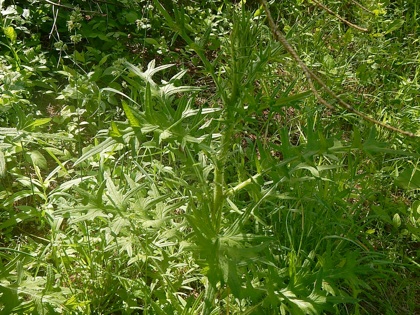
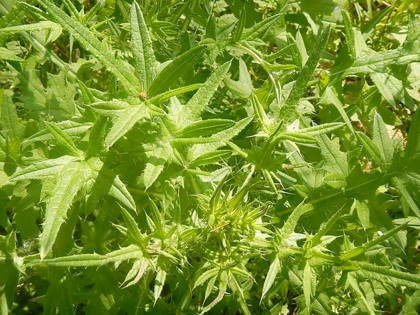
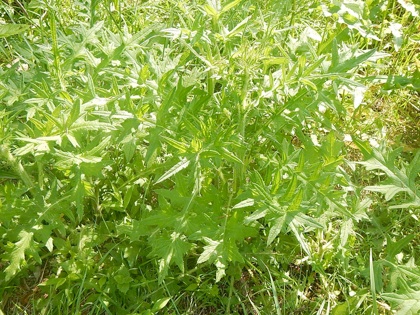
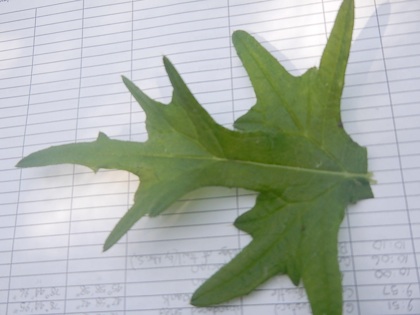
Dipsacus fullonum - Fuller’s Teasel, Common Teasel, Wild Teasel
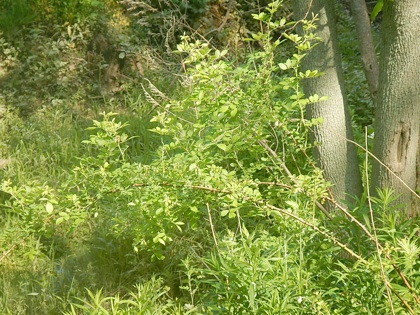
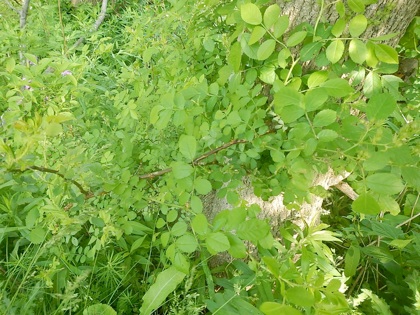
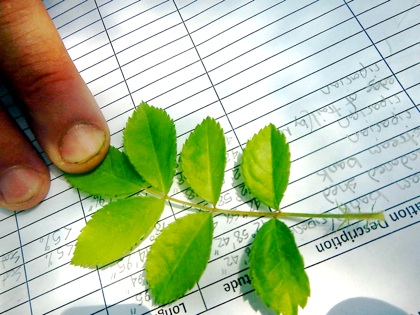
photo by WNY PRISM
June 5, 2015
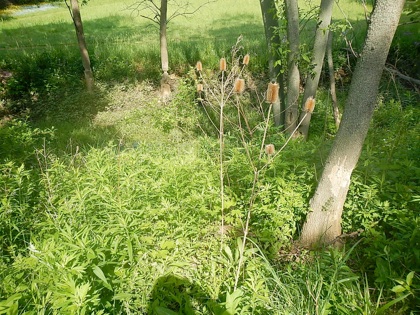
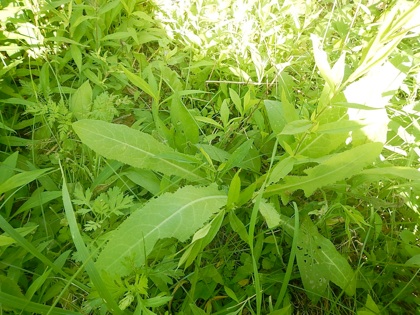
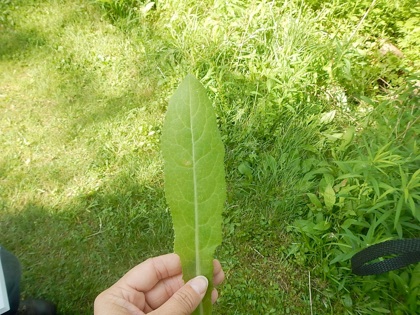
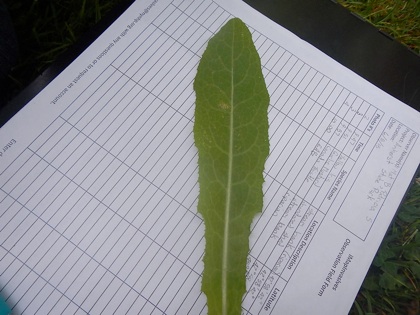
Close up Photo
photo by WNY PRISM
June 5, 2015
Infestation Photo
photo by WNY PRISM
June 5, 2015
photo by WNY PRISM
June 5, 2015
photo by WNY PRISM
June 5, 2015
Multiflora Rose (Rosa multiflora) is a perennial shrub native to Asia, China, Japan, and Korea. This sprawling bush grows up to 15 feet tall with thorny stems and clusters of small white flowers. Once widely planted to stabilize soil and provide wildlife cover, this plant now invades riparian zones, roadsides, woodlands, and disturbed areas.



Bull Thistle (Cirsium vulgare) is a biennial thistle native to Europe and Asia. It can grow quite large, up to 3 feet in diameter. It flowers and sets seed in the second year. Bull thistle flowering usually starts in mid-june and continues into early fall.
It does not reproduce vegetatively and does not have rhizomes. Bull thistle reproduces only by seeds, so care must be taken to prevent the spread of the seeds. This thistle is not as challenging to control as other thistles. Bull thistle can be dug up with a shovel. Removing the top couple of inches of the root is usually sufficient to kill the plant. It is a problem in hay fields and pastures, but is also found along trails, roads and vacant fields.
Fuller’s Teasel (Dipsacus fullonum) is native to Europe and Northern Africa and was introduced to North America in the 1700’s. It is a short lived perennial or biennial which dies after it goes to seed. It is found on roadsides and disturbed areas and also invades agricultural fields and pastures. The flowering stems are hollow and can be be from 1.5 to 6.5 feet tall. The flowers are light purple and grow in bands or rings on large, 4 inch, egg shaped, spiny heads.
Fuller’s teasel has a deep 2 foot taproot, but the plants usually die after they set seed and reproduction is entirely by seed. It is not that hard to control, especially if you can catch it while the population is small. Single plants can be dug up just like a large dandelion.
